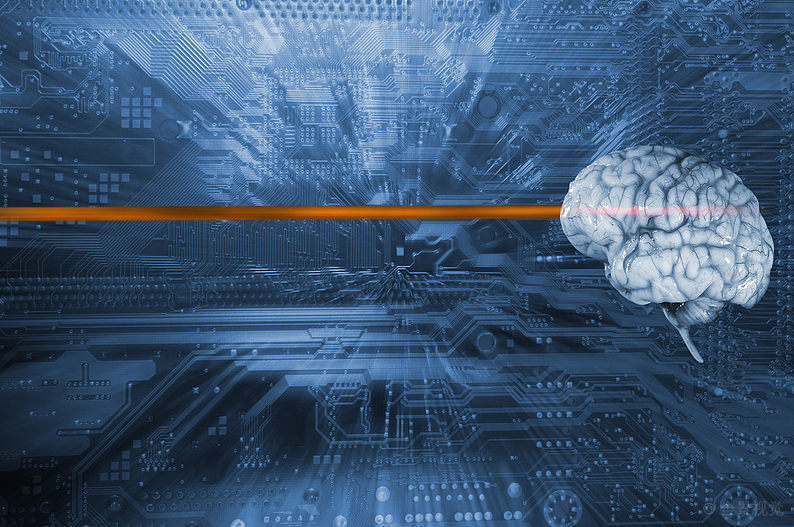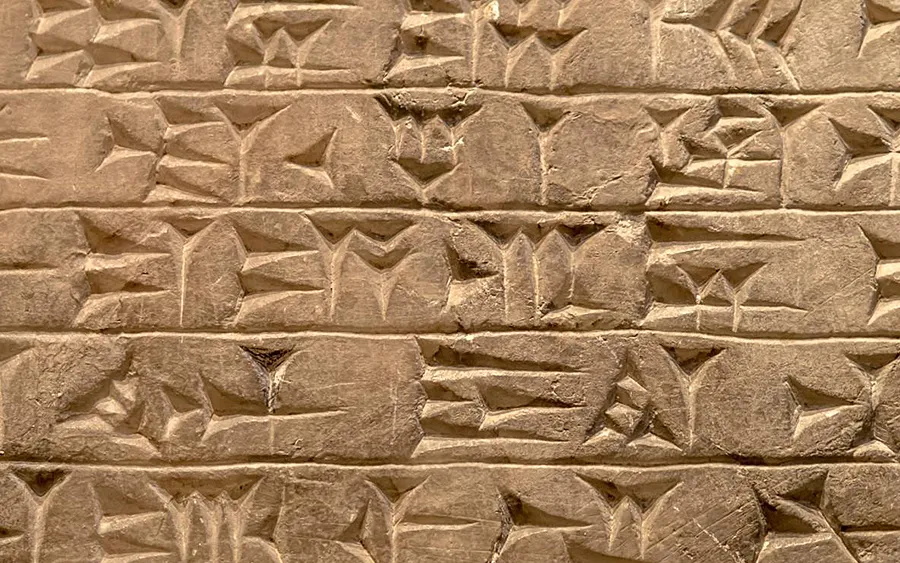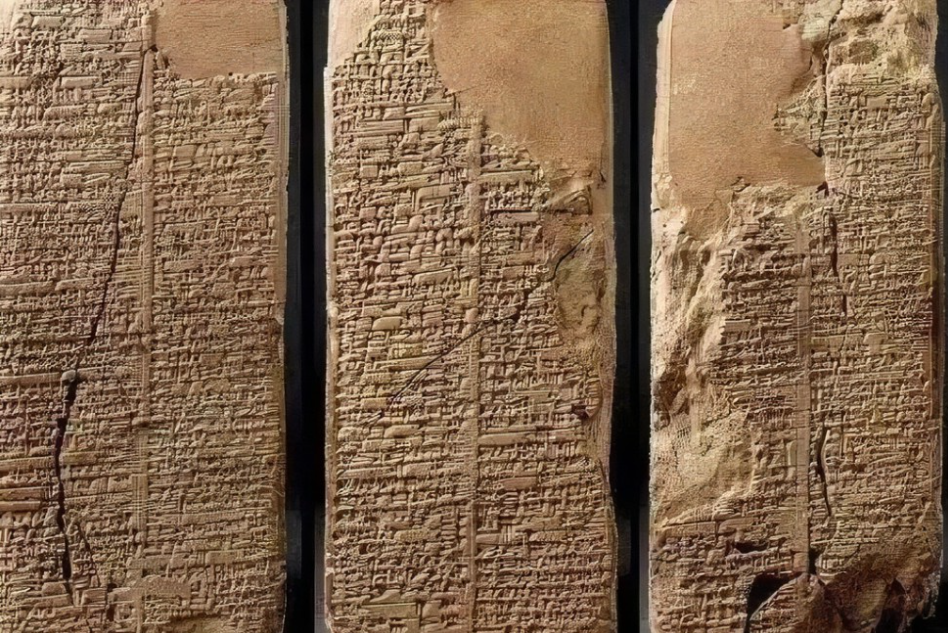创新背景
楔形文字起源于公元前四千年后期的古代美索不达米亚平原,是世界上最古老的书写形式之一。因为粘土便宜耐用,楔形文字往往被刻在粘土上。但粘土干燥以后会变得非常脆弱,古老的楔形文字流传到现在只剩下碎片。
创新过程
人工智能的深度学习需要大量的数据构建支撑系统的基层数据体系,但在古文字领域尚未有海量数据支持自动字符识别运行良好。研究者需要拍摄更多的文本片段,并将其存储在数据库中。在合作机构的帮助下,研究团队创建了一个巨大的碎片数据库可供使用。

人工智能算法包含海量数据和各种数据模型,将楔形文字的碎片信息录入算法并进行模拟训练以后,生成的算法系统可以帮助历史学家和文学家从现存碎片中获取古代文本片段,并将它们拼凑成完整的文本。研究人员每年会根据新生成的片段重新进行分配,以确保文本再现的准确性。
慕尼黑大学的研究员Enrique Jiménez表示,破译巴比伦文学的主要难点之一是楔形文字的多价性,同一个文字或词语可以指向不同的含义,如果没有上下文,楔形文字很难被翻译出来。而人工智能的特点为重建楔形文字文本的艰巨任务提供了很大的帮助。

人工智能的助力以计算机应用程序的形式出现,这些应用程序提供了各种数据模型,为楔形文字的破译提供了许多现实可采用的信息。与传统的文本重建方法不同,采用人工智能允许预测字符的最可能读数,准确率高达98%。而传统方法依赖于研究人员的知识储备和良好记忆力,还有一些随机可能。

并且,基于人工智能的现代重建方法依赖于聚合数千个字符的研究数据库。在人工智能的帮助下,巴比伦文本的所有已知变体都可以快速分析并正确分配,或是不断组建拆分尽可能提供符合语境的文本信息。

新的文本重建采用了来自分子生物学和生物信息学的方法——序列分析,它可以令计算机辅助确定DNA序列的特征部分。Jiménez教授和团队将这种算法改编为楔形文字,用来帮助他们填补现有的空白,并能够为每个片段分配正确的文本。
创新关键点
将人工智能运用于古文字学领域,帮助重建古老的文字文本,探索人类的历史文明。
创新价值
在历史领域充分利用计算机科学技术,为之后的历史研究自动化发展提供可能。
Artificial intelligence helps study ancient texts
Artificial intelligence deep learning requires a large amount of data to build a grass-roots data system that supports the system, but there is no massive amount of data in the field of ancient characters to support automatic character recognition. Researchers need to shoot more pieces of text and store them in a database. With the help of a partner institution, the research team created a huge database of fragments to use.
Artificial intelligence algorithms contain massive data and various data models, after entering the fragmented information of cuneiform into the algorithm and simulating training, the generated algorithm system can help historians and writers obtain ancient text fragments from existing fragments and piece them together into complete text. The researchers reassign each year based on newly generated fragments to ensure the accuracy of the text reproduction.
According to Enrique Jiménez, a researcher at the University of Munich, one of the main difficulties in deciphering Babylonian literature is the polyvalence of cuneiform, the same word or word can point to different meanings, and without context, cuneiform is difficult to translate. The characteristics of artificial intelligence provide great help for the difficult task of reconstructing cuneiform text.
The power of artificial intelligence comes in the form of computer applications that provide a variety of data models that provide much realistically acceptable information for the deciphering of cuneiform scripts. Unlike traditional text reconstruction methods, the use of artificial intelligence allows the most likely readings of characters to be predicted with up to 98% accuracy. While traditional methods rely on researchers' knowledge reserves and good memory, there are some random possibilities.
And, modern AI-based reconstruction methods rely on research databases that aggregate thousands of characters. With the help of artificial intelligence, all known variants of Babylonian text can be quickly analyzed and correctly distributed, or continuously composed and split to provide contextual text information as much as possible.
The new text reconstruction employs sequence analysis, a method from molecular biology and bioinformatics, which allows computers to assist in determining the characteristic parts of a DNA sequence. Professor Jiménez and his team adapted the algorithm into cuneiform to help them fill in existing gaps and be able to assign the correct text to each fragment.
智能推荐
利用新型“质子可编程电阻”进一步提升模拟深度学习的效率
2022-08-31多学科研究团队利用二氧化硅和磷,制造出了拥有高质子导电性的新型无机磷硅酸盐玻璃(PSG)材料,并开发出了一种新型高能效质子可编程电阻。利用这种新型电阻器,通过增加和减少质子电阻的电导,实现了更快、更节能的模拟深度学习,从而使人工智能具有高效率、低能耗的计算能力。
涉及学科涉及领域研究方向AI+医学检验技术 | 利用新兴技术完成核酸检测全自动化
2022-06-30核酸检测创新融合人工智能、机器人、大数据和物联网,提高检测效率,降低人力成本。
涉及学科涉及领域研究方向结合深度学习升级全息显微镜,突破细胞分子成像限制
2022-08-05结合传统几种显微镜和深度学习、光学以及生物学,升级3D全息显微镜,在不引入外源标记剂的情况下进行分子成像。
涉及学科涉及领域研究方向使用人工智能鉴定出新的多发性硬化症亚型
2022-08-02伦敦大学学院的科学家们使用人工智能(AI)确定了三种新的多发性硬化症(MS)亚型。研究人员表示,这一突破性的发现将有助于识别那些更有可能出现疾病进展的人,并有助于更有效地针对性治疗。
涉及学科涉及领域研究方向